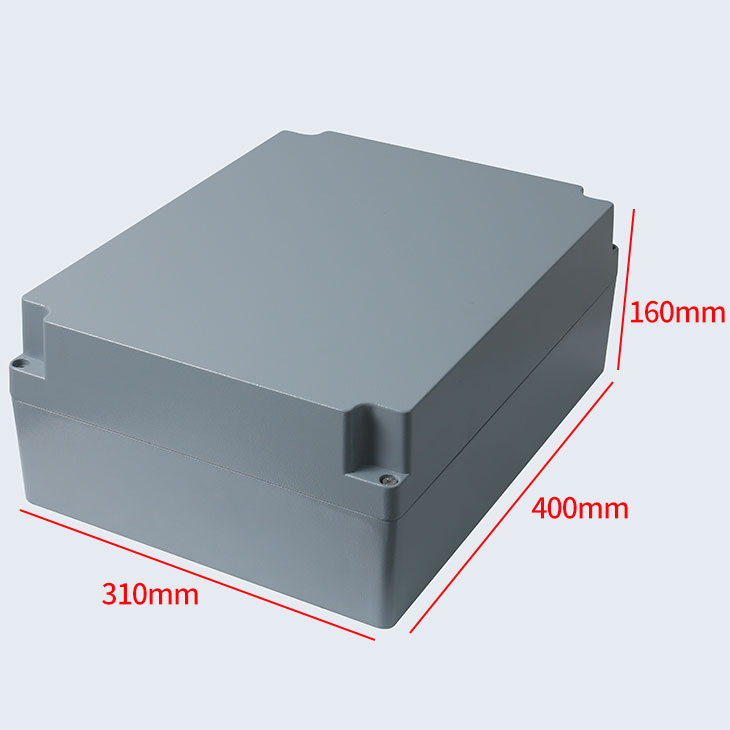Key information about telephone aluminum junction box
2024-03-19
Creating a telephone aluminum junction box involves several steps, including designing, fabricating, and assembling. Here's a general guide on how you can accomplish this:
1. Design Phase:
- Requirements Gathering: Understand the specific requirements for the telephone junction box. Consider factors such as size, number of ports, weather resistance, and mounting options.
- Sketching and CAD Design: Create a rough sketch of the junction box design. Once satisfied, translate it into a detailed CAD (Computer-Aided Design) model. Ensure the design meets industry standards and regulations, including those for electrical enclosures if applicable.
2. Material Selection:
- Choose the appropriate grade of aluminum for the junction box. Ensure it offers sufficient strength, corrosion resistance, and durability for outdoor applications.
3. Fabrication Process:
- Sheet Metal Cutting: Cut the aluminum sheets according to the dimensions specified in the CAD model. This can be done using various methods such as shearing, sawing, or CNC laser cutting.
- Bending and Forming: Use a press brake or similar equipment to bend the aluminum sheets into the desired shapes for the junction box components, such as the base, cover, and mounting brackets.
- Hole Punching: Punch or drill holes in the aluminum sheets for cable entry, mounting screws, ventilation, and any other necessary openings.
- Welding or Joining: Assemble the various components of the junction box using welding or other suitable joining methods. Ensure strong and weatherproof connections.
- Surface Treatment: Apply surface treatments such as anodizing or powder coating to enhance the appearance and corrosion resistance of the aluminum junction box.
4. Assembly:
- Assemble the fabricated components according to the CAD design. This typically involves attaching the cover to the base, installing cable glands or connectors, and mounting any internal components such as terminal blocks or surge protectors.
- Ensure proper sealing to prevent water ingress, especially if the junction box will be installed outdoors.
5. Quality Control:
- Inspect the finished junction box for dimensional accuracy, proper alignment of components, and overall quality.
- Test the electrical connections and functionality if applicable.
6. Packaging and Delivery:
- Package the aluminum junction boxes securely to prevent damage during transportation.
- Label the packages with relevant information such as part numbers and quantities.
- Arrange for delivery to the intended destination.
7. Installation:
- Provide clear instructions for installing the junction box, including mounting guidelines and wiring diagrams.
- Ensure installation is carried out by qualified personnel in compliance with local regulations and safety standards.
By following these steps, you can create a telephone aluminum junction box that meets the required specifications for your application.



